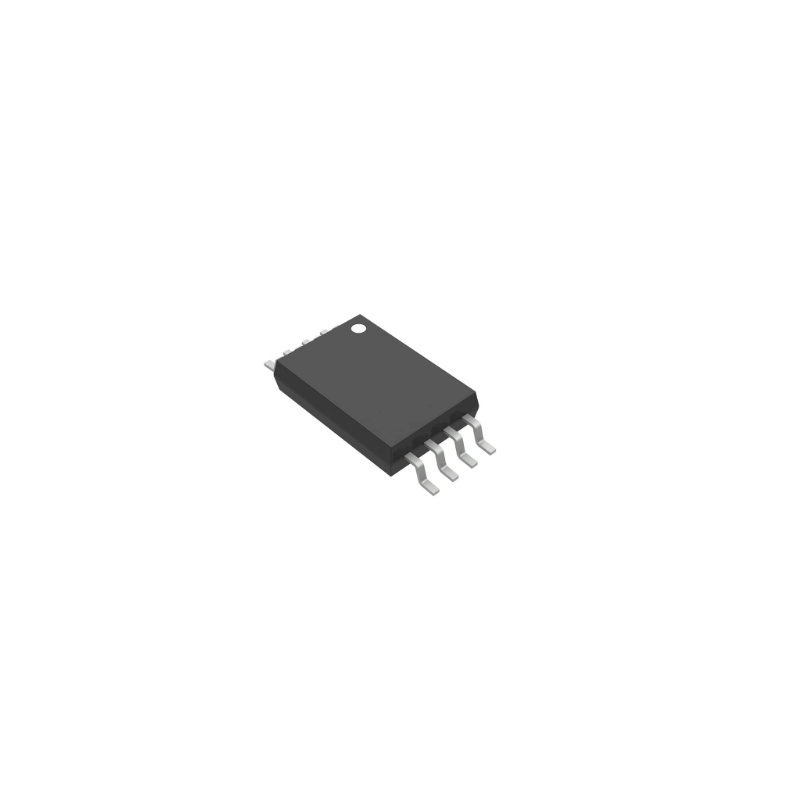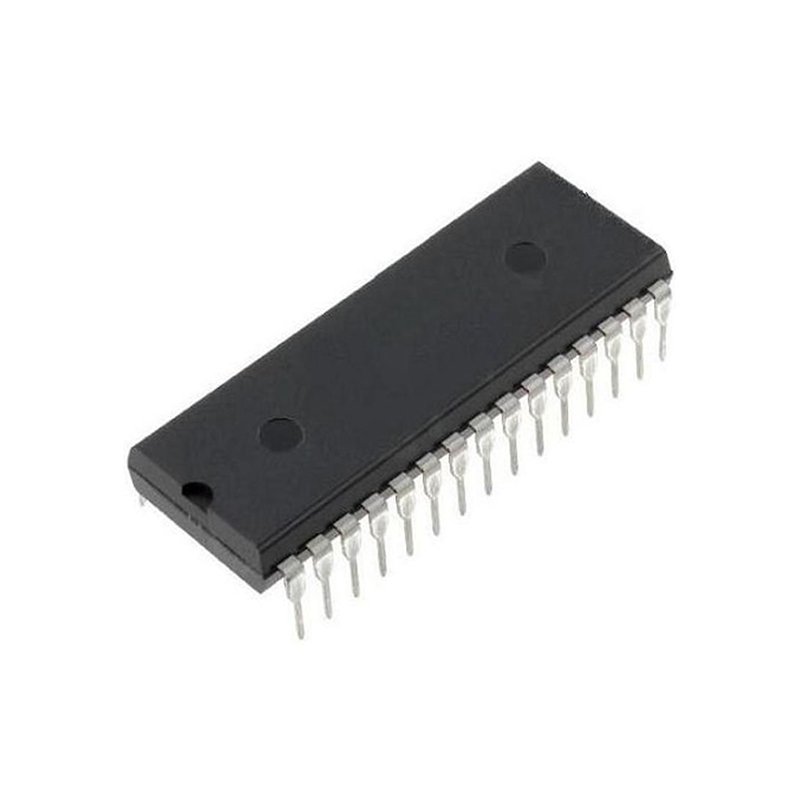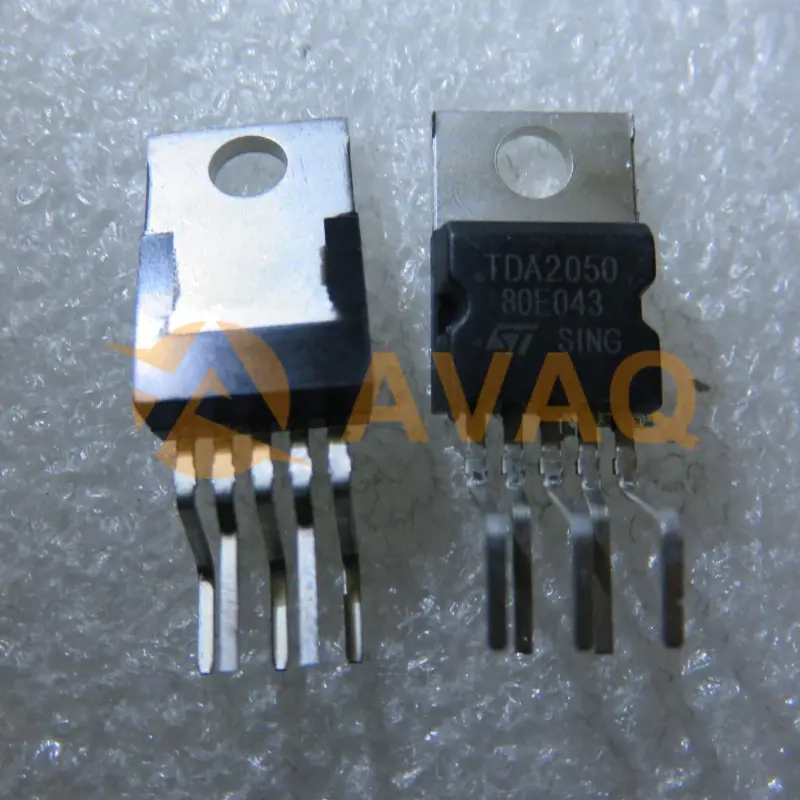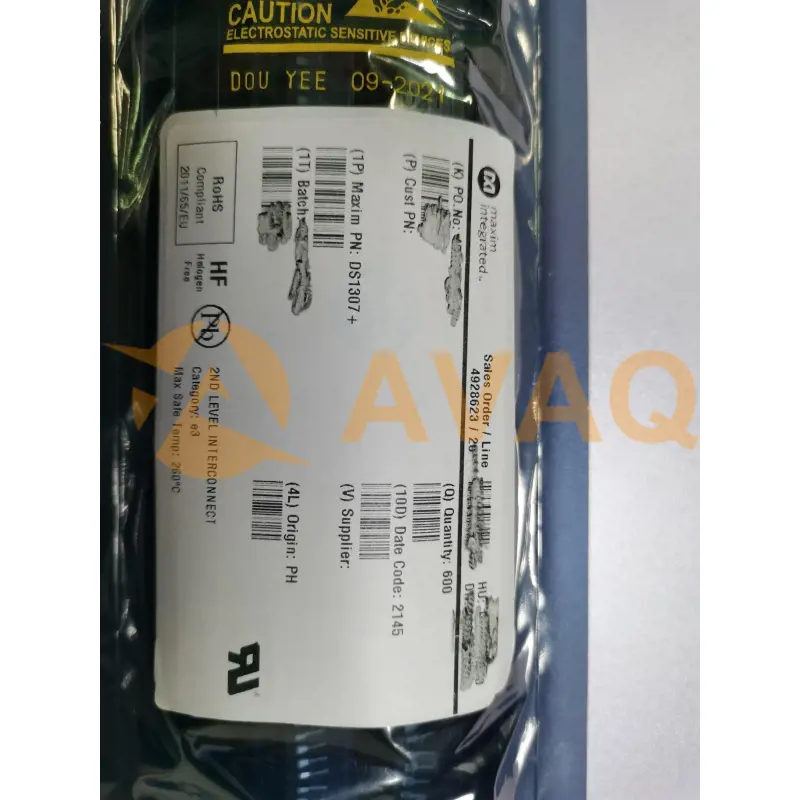Payment Method




MPU MPC8XX 50MHz IC with 256 Ball Grid Array
256-BGAManufacturer:
NXP USA Inc.
Mfr.Part #:
XPC850DEZT50BU
Datasheet:
Series:
MPC8xx
Core Processor:
MPC8xx
Number Of Cores/Bus Width:
1 Core, 32-Bit
Speed:
50MHz
EDA/CAD Models:
Send all BOMs to ![]() [email protected],
or fill out the form below for a quote on XPC850DEZT50BU. Guaranteed response within
[email protected],
or fill out the form below for a quote on XPC850DEZT50BU. Guaranteed response within
![]() 12hr.
12hr.
Please fill in the short form below and we will provide you the quotation immediately.
NXP Semiconductors presents the XPC850DEZT50BU microcontroller, a powerful member of the XPC850 family designed to address the demanding requirements of industrial and automotive applications. With its PowerPC core operating at a maximum frequency of 50 MHz and on-chip cache memory, this microcontroller delivers enhanced processing power and efficiency. Its comprehensive set of communication interfaces, including CAN, UART, I2C, and SPI, provides flexible connectivity options for interfacing with different systems and devices. Additionally, the XPC850DEZT50BU is equipped with a diverse range of peripherals such as timers, GPIOs, and analog-to-digital converters, facilitating seamless integration with external devices and sensors. The inclusion of a memory management unit (MMU) ensures efficient memory access and protection, while built-in support for real-time operating systems (RTOS) further enhances its performance in real-time applications
| Series | MPC8xx | Core Processor | MPC8xx |
| Number of Cores/Bus Width | 1 Core, 32-Bit | Speed | 50MHz |
| Co-Processors/DSP | Communications; CPM | RAM Controllers | DRAM |
| Graphics Acceleration | No | Display & Interface Controllers | - |
| Ethernet | 10Mbps (1) | SATA | - |
| USB | USB 1.x (1) | Voltage - I/O | 3.3V |
| Operating Temperature | 0°C ~ 95°C (TA) | Security Features | - |
| Mounting Type | Surface Mount | Additional Interfaces | HDLC/SDLC, I²C, IrDA, PCMCIA-ATA, TDM, UART/USART |
| Base Product Number | XPC85 |
After-Sales & Settlement Related
 Payment
Payment
Payment Method




For alternative payment channels, please reach out to us at:
[email protected] Shipping & Packing
Shipping & Packing
Shipping Method




AVAQ determines and packages all devices based on electrostatic discharge (ESD) and moisture sensitivity level (MSL) protection requirements.
 Warranty
Warranty

365-Day Product
Quality Guarantee
We promise to provide 365 days quality assurance service for all our products.
| Qty. | Unit Price | Ext. Price |
|---|---|---|
| 1+ | - | - |
The prices below are for reference only.

NE555
Texas Instruments
100kHz operation frequency with low power consumption for long-lasting performance

CD4017
Onsemi
Compact digital counter for precision measurement application

74LS04
Onsemi
High-quality die for professional use only, unsurfaced and untested

TDA2050
Stmicroelectronics
Effortlessly drives your speakers with crystal-clear sound and robust power

DS1307+
Analog Devices
I2C DIP-8 Real-time Clocks (RTC) ROHS